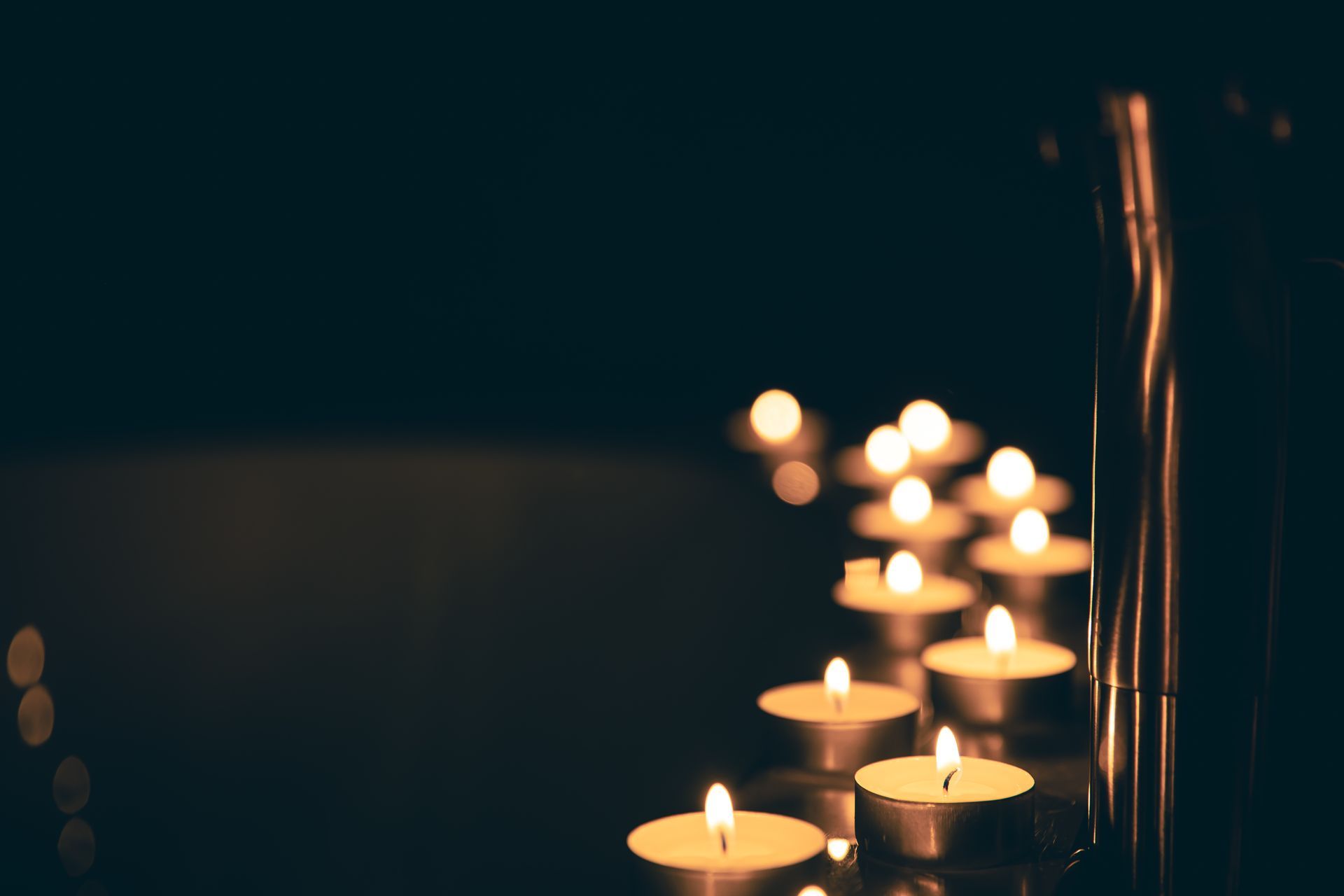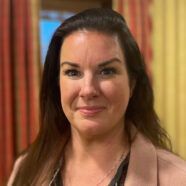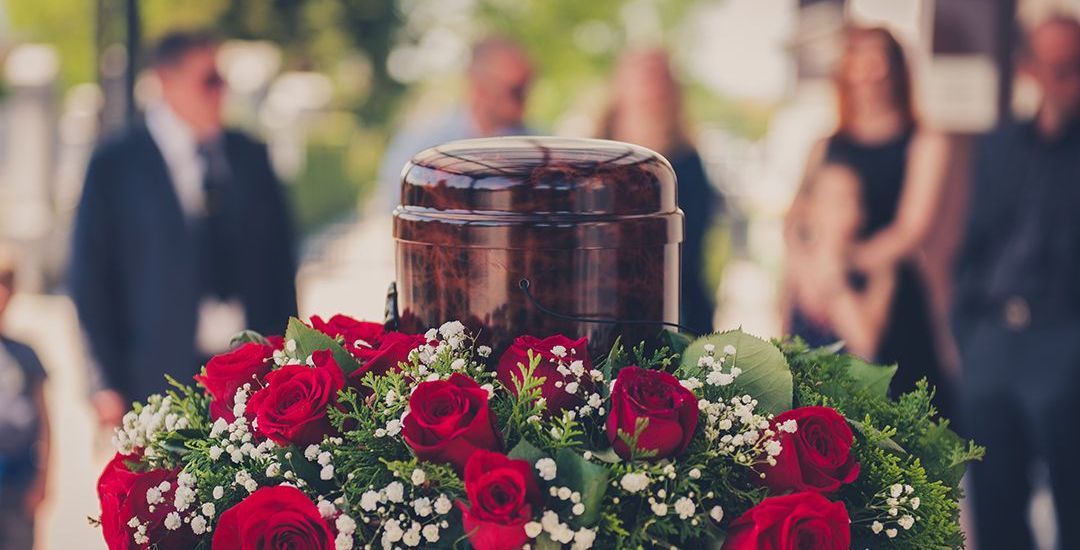Ensuring that Your Finances are in Order in 7 Steps
February 1, 2023We’ve probably all watched an old movie that features a scene where a doctor soberly tells an ailing patient that he’d better get his things in order, presumably because he doesn’t have long to live. The reality is that none of us knows when our time will come, so we should be prepared. We do not want to leave loved ones in a state of financial confusion and fear. In this article we will provide a list of seven important steps to help you achieve financial preparedness.
1. Gather all Financial Paperwork
https://www.pexels.com/photo/person-putting-coin-in-a-piggy-bank-3943723/
Clear the kitchen table and make a financial headquarters so you can spread everything out in clear view. Bills, pay stubs, check book, insurance (car, home, health, life), bank statements, mortgage payments, property tax, credit cards, car payments, college debt, pension records, charitable contributions, plus anything else related to finances must be gathered. Include items that must be paid for on a monthly or yearly basis. Then your goal should be to compile a net-worth statement (an overview of everything you own). It is important to get a complete overview of your entire financial position.
2. Organize Financial Information
Now it is time to begin or update a filing system for all your financial documents. Label each folder with the name of the company and the year (if you cannot fit everything into one file for that company). Using file boxes or a filing cabinet, file your financial folders alphabetically. This method of organization will help immensely with keeping track of your finances.
In addition, important documents like deeds, trust, wills, 401ks, IRAs, birth and marriage certificates, and social security cards should be kept in a safe place that a trusted family member, friend, or attorney knows about. It would be wise to set up a bank safe deposit box for critical documents. Also, make copies of your driver’s license, credit cards, insurance cards, and passports in case they are misplaced or stolen.
3. Reduce and Eliminate Debt
It’s time to focus on getting rid of any debt you are carrying in your life. Do whatever it takes to take care of debts: pay outstanding bills, cut back on eating out and entertainment, buy items at a thrift store instead of retail, make gifts, limit credit card usage, pay a little extra on your mortgage each month, and cut out all unnecessary subscriptions (mail and online). Cutting back doesn’t have to be miserable; you can make it like a game and reward yourselves when you reach a financial goal (rewards do not have to cost a lot). You and your spouse will breathe a sigh of relief when your debt is taken care of, once and for all.
4. Live Within a Budget
This point continues what was said in number three. If you already have a budget, but you have not been following it, review your budget and determine to stick with it. If you do not have a budget, you can easily set one up. Start by listing all your fixed monthly expenses (mortgage or rent and car payments). Next, write down how much you need for food, gas, and utilities. Writing down how much you spend will help you get a good picture of where your money is going and how you can cut back. Every time you buy something, write it down in your book, on your spreadsheet, or in your budget app.
Part of living within a budget is being wise about your credit. Do you know your credit status? Since your credit history and current status can affect many areas of your life, credit reports should be reviewed annually. Check out CreditReport.com and AnnualCreditReport.com for free services.
5. Create a Will
One of the most important things you can do for your family is to create a will. Making a will is not just for elderly people; all adults, as soon as they reach adulthood, should set up an appointment with a lawyer to draw up a will. Far more important than your finances is naming the guardians of your children, should you and your spouse die. If you do not name what is to happen to your children and finances, the government will take over and make those decisions. You must not put your family in that difficult position. A last will or a living trust is also essential if you have diverse assets. A cost-efficient place to create a will is at LegalZoom.com for as little as $89.
6. Set up an Emergency Fund
With fluctuation in the economy and in our personal situations with work, health, and family, it is always wise to plan for an emergency by setting up a personal emergency fund. Some families save their loose change and small bills, while others purposefully set aside $25 – $50 per paycheck. You can use your savings account for your emergency fund. Or you can invest part of your savings in a Certificate of Deposit (CD) with a penalty for early withdrawal. Setting up an emergency fund takes little effort, but it can be a huge blessing when hard times come.
7. Develop a Financial File
Your spouse and children should know where to find your Financial File. This is where they can go when you pass, and it will have everything documented regarding your finances and legalities. In this file should be a list of names and phone numbers, accounts, passwords, safe deposit key, records, policies, copies of deeds and titles, and basically anything else that they will need to know. If you are a veteran don’t forget to include your military records, because these could be needed for proof in order to receive military honors at your funeral. You don’t want to leave confusion and irresponsibility in your wake: be wise and prepare, for your sake and for your family’s sake.
We hope this advice will get you on the right road to organizing your financial affairs. You will breathe easier knowing that your finances are in order and you have everything set up for success, both for today and in the future.
Thank you for reading! We hope this advice will help set you up for financial success, both now and in the future. Please contact us online at Keohane Funeral Home [www.keohane.com] or call 617-773-3551 if you have any questions. We are here to serve you and your family.











